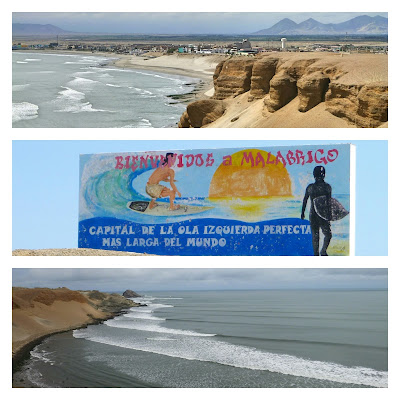We saw two continents. We learnt (some) Spanish. Most importantly we met some amazing people on the road, and caught up with old friends and family.
We thought we would pull together some statistics and facts about the trip, in no particular order:
- Distance travelled: 29,000 miles or 47,000 km
- U.S. states visited: 28
- Countries visited: 16
- Gas tanks guzzled: 75
- Estimated fuel cost: $10,000
- Flat tires: 5
- Couches surfed: 14
- Bribes paid: 1
- Birthdays celebrated: 2
- Illnesses: 0 (excluding mild tummy bugs and hangovers)
- Mild tummy bugs: 3
- Fluency in Spanish gained: 5%
- USA: new front tires
- Mexico: new alternator, fixed holes in radiator hoses, welded muffler back on
- Guatemala: replaced seals in rear axle
- Panama: repairs to air compressor
- Colombia: repaired drivers side power window
- Ecuador: new front brake pads, roof repainted
- Peru: four new tires, crown wheel and pinion replaced in rear differential (by far most expensive and time consuming repair)
- Argentina: bearings replaced in air compressor
- Mexico is not as dangerous as Americans claim
- Colombians are the nicest people in the world, but the worst drivers
- If you see something you need/want, buy it- you probably won't find it again
- If you have duct tape, WD40, and two-pot epoxy, you can fix anything
- Pretending not to speak spanish is the best way to handle dodgy road cops
- Probably best to invest more than in a week in spanish classes if you want to learn the language
- Our parents are amazing and very supportive (as if we didn't know that already)



















































